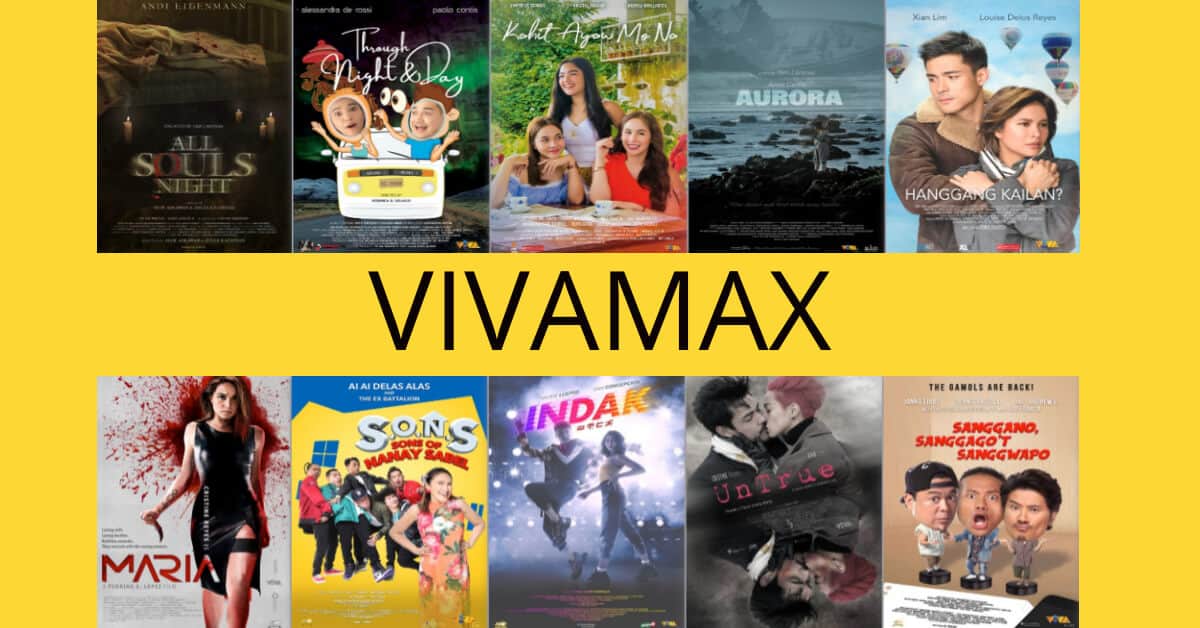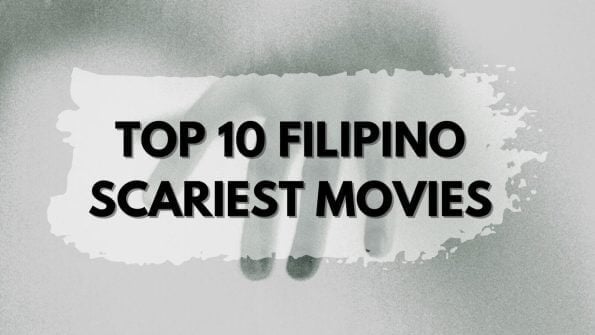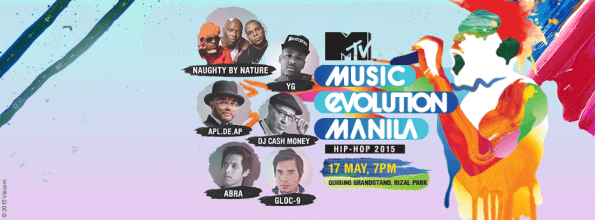by Ria Leonardo
We all know what it is.
At some point especially during this quarantine period, if we hadn’t already installed it in our smartphones, we have (at the very least) watched a few videos, viral or not, appearing on our Facebook or Twitter timelines. And I think I can speak for everyone when I say that we have watched at least one person we know (whether this be a person in your family or a friend) post a TikTok video of himself or herself lip-syncing to comedy skits, or dancing a choreographed dance to a song by various artists.
TikTok has become a huge trend nowadays, and I have personally seen it grow (read: have personally seen a significant amount of videos) especially during the quarantine period. The short-form video platform was created and developed by ByteDance, which is a company hailing from China. It allows users to share videos of themselves lip-syncing to comedy skits and songs, and participating in various “group challenges”. The app booms in countries where smartphone industries are swelling, including that of in the Philippines.
But what exactly made TikTok such a huge trend? What is it that is in the app that made TikTok such an international appeal, regardless of age? Here are three (of the many possible) reasons why I think TikTok has become such a trend:
It creates a “different” kind of fun.
A few of my friends who are frequent TikTok users have told me that they use the app mostly because it’s fun and it’s something that had picqued their interests. Especially in this time of quarantine, where people are mandated to stay home at all times, it’s a good tool to take the boredom off and perhaps delve themselves into some good vibes. Besides, it’s also a good avenue to interact and do things with friends, as we will discuss later on.
The app creates a different kind of online community among their users, creating a different online mainstream community which has different networks of inside jokes, reactions, memes and videos that only TikTok users can understand and find funny. It creates a different world from other existing social media platforms, one that, my friends might describe as “fun” or even has a lighter atmosphere than the other platforms.
It’s different from other existing social media platforms.
TikTok has an unusual mode of creation that is unlike the modes Facebook, Twitter, Instagram and even Snapchat already has to offer. As mentioned earlier, TikTok is a short-form video platform where people can film themselves while lip-syncing to comedy skits, songs and performing “TikTok-choreographed” viral dances. This certain difference and uniqueness of the app in itself is enough to spark the curiosity of the people, especially those belonging in the Gen Z bracket.
In addition, the app also includes additional features of engagement among users by allowing duets and group video challenges. It is not only like the earlier lip-syncing apps like musical.ly and DubSmash, nor is it like Vine (R.I.P. Vine) where one can just post his or her video and hope for it to reach a certain number of audiences, but it is also in a way interactive and engaging among users as well.
It enables another avenue for online self-branding.
In this current digital age, let’s face it, online “self-branding” and popularity is a huge deal. Over time as the rise of social media began, so did the rise of micro-celebrities, or people who have their fame embedded on the social media. We’re already familiar with Twitter and Instagram influencers, as well as YouTube celebrities who rose to fame because of vlogs. To those of you who have had the privilege of being able to still use Vine, then you’ll be familiar with now-famous celebrities who have risen to fame because of their Vine videos (e.g. Liza Koshy, Nash Grier, Shawn Mendes, etc.).
TikTok provides yet again another platform enabling the rising of a new generation of micro-celebrities. It is an opportunity, especially for those who aspire to be social media influencers and “Internet famous”, an avenue for those who aspire and dream to transition from the small screens of smartphones to the silver screens. And even if the main goal is not to become a celebrity, it still becomes a huge deal whenever your video becomes viral, especially when it gets branded as something funny, or something “meme-able”, thus branding the user themselves as funny, relatable and also “meme-able”.
























